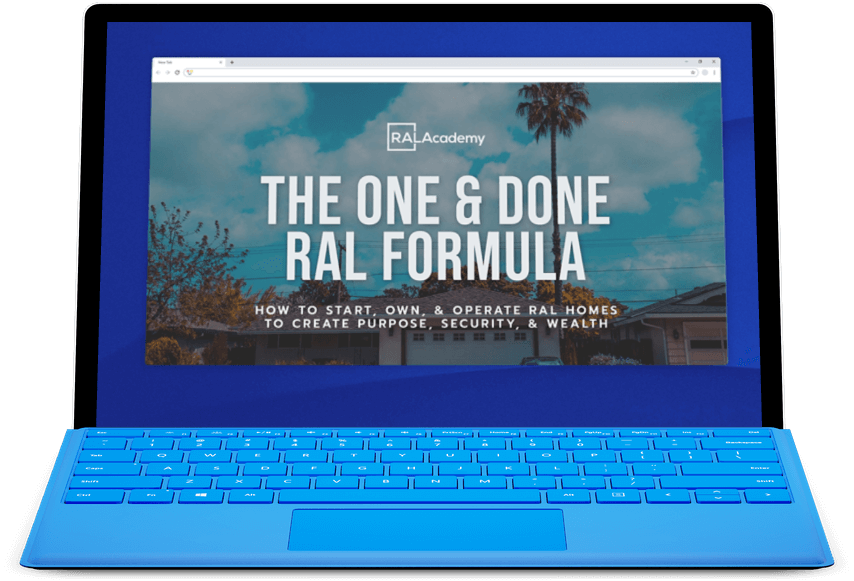ASSISTED LIVING IN HIGH DEMAND
Residential assisted living is an explosive industry.
The demographic time bomb is ticking and baby boomers are igniting a charge in the assisted living market.
Intense terms like “silver tsunami” and “demographic time bomb” are frequently used by world economists to describe the rapid rise in the need for assisted living.
The senior population in America is on the verge of growing at an unprecedented rate. Some people are concerned that this may be a potential disaster on the horizon.
Seniors make up 15 percent of the American population, and this number is rapidly growing at an accelerated rate.
About 10,000 baby boomers are turning age 65 every day, and 4000 turn age 85 daily.
Forward-thinking business owners see it as an opportunity.
WORLDWIDE CONCERNS ABOUT AGING SENIORS
The United States isn’t the first country to experience an accelerated rate of growth in senior living.
Amedisys is a $3.7 billion home-health company providing hospice and personal-care in America.
The CEO, Paul Kusserow, visited Japan and Scandinavia to see firsthand how they dealt with senior living challenges.
As a result, Amedisys has a front-row seat concerning challenges facing the industry.
Kusserow witnessed a digital response system that enabled sensors to notify health professionals in case of an incident.
Currently, Japan is the world’s oldest country, as it relates to the age of its’ citizens.
More than 25 percent of the population is over age 65.
Bloomberg reported that the number of Japanese seniors living alone increased by 600% between 1985 and 2015.
In record numbers, elderly people in Japan are committing petty crimes.
Their goal is to spend their remaining days in prison, where they can receive a bed, healthcare, and meals.
Prison staff are finding themselves functioning as caregivers.
Sweden’s senior population is not far behind Japan.
About 20 percent of Sweden’s citizens are over age 65, in comparison to America’s 15 percent.
Kusserow is aiming to get ahead of the problem before it has a disastrous effect in the United States.
Home care is growing rapidly as the baby boomers are starting to get older. As a whole, the elder-care market is worth an estimated $350 billion.
Home health, hospice and personal care are all individual multi-billion dollar industries.
Having help at home, ranging from cooking, cleaning, hygiene and medical management is an idea to enable seniors to live independently longer.
However, as the number of elderly people increases, The U.S. is at risk of a serious shortage of home-care workers.
In addition, the work is very difficult, requires traveling from home to home, and these caregivers are poorly paid.
CAN TECHNOLOGY REPLACE ASSISTED LIVING CARE?
Countries like Japan and Scandinavia are still trying to figure out how to deal with the tsunami of seniors.
Kusserow says they are using really good in-home technology, for those that can afford it.
Digital watches with accelerometers, a sensor that measures the physical acceleration, smart bathroom mats, and sensors around the kitchen.
These and other digital sensors are transforming the industry of assisted living in countries like Japan and Scandinavia.
Big box technology retailers, like Best Buy, are jumping into the market early.
In August 2018, Best Buy purchased GreatCall, a digital emergency alert health services company, for $800 million.
Technology companies in America now have their eyes on the aging population.
“They build that pattern analysis. When that’s disrupted, caregivers go in,” Kusserow said.
This is how many seniors are able to continue living in their homes, making care much less expensive worldwide.
However, while this trial-based technology is a great aide in senior care, it cannot replace the need for experienced residential caregivers.
RAL ACADEMY MODEL BUILDING BEST PRACTICES FOR SENIOR CARE
While the U.S. is using sensor technology for seniors, Gene Guarino’s model of residential assisted living is good for business owners and seniors.
He teaches the “do well and do good” concept to RAL business owners and operators seeking to deactivate the demographic time bomb nationwide.
Residential assisted living has two business components.
It is a combination of investing in real estate and accommodating the needs of senior care.
RAL businesses are designed to produce profits while genuinely caring about the needs of others.
Contact www.RALAcademy.com today to sign up for the next 3-day RAL course.
Now is the perfect time to learn everything you need to know, from A-Z about owning and operating your new RAL business.
Elderly people need and want a system that will cater to their basic health care needs.
There are financial benefits attached to these in-demand RAL homes.
The RAL Academy is teaching business-minded professionals a supply and demand strategy to deactivate a demographic time bomb.




